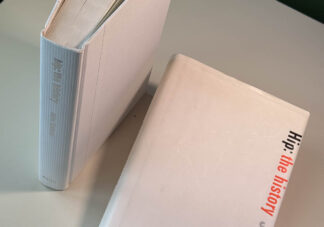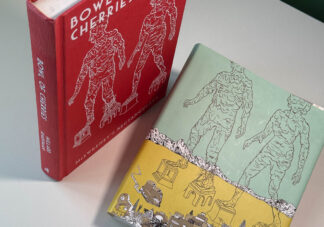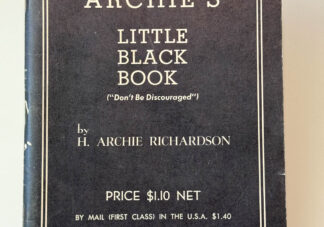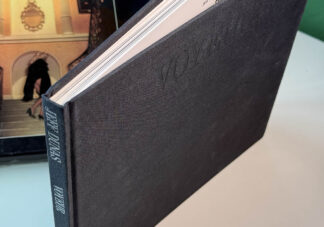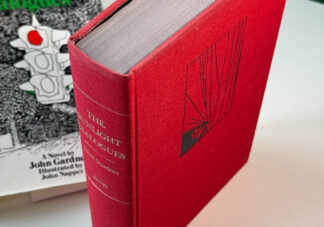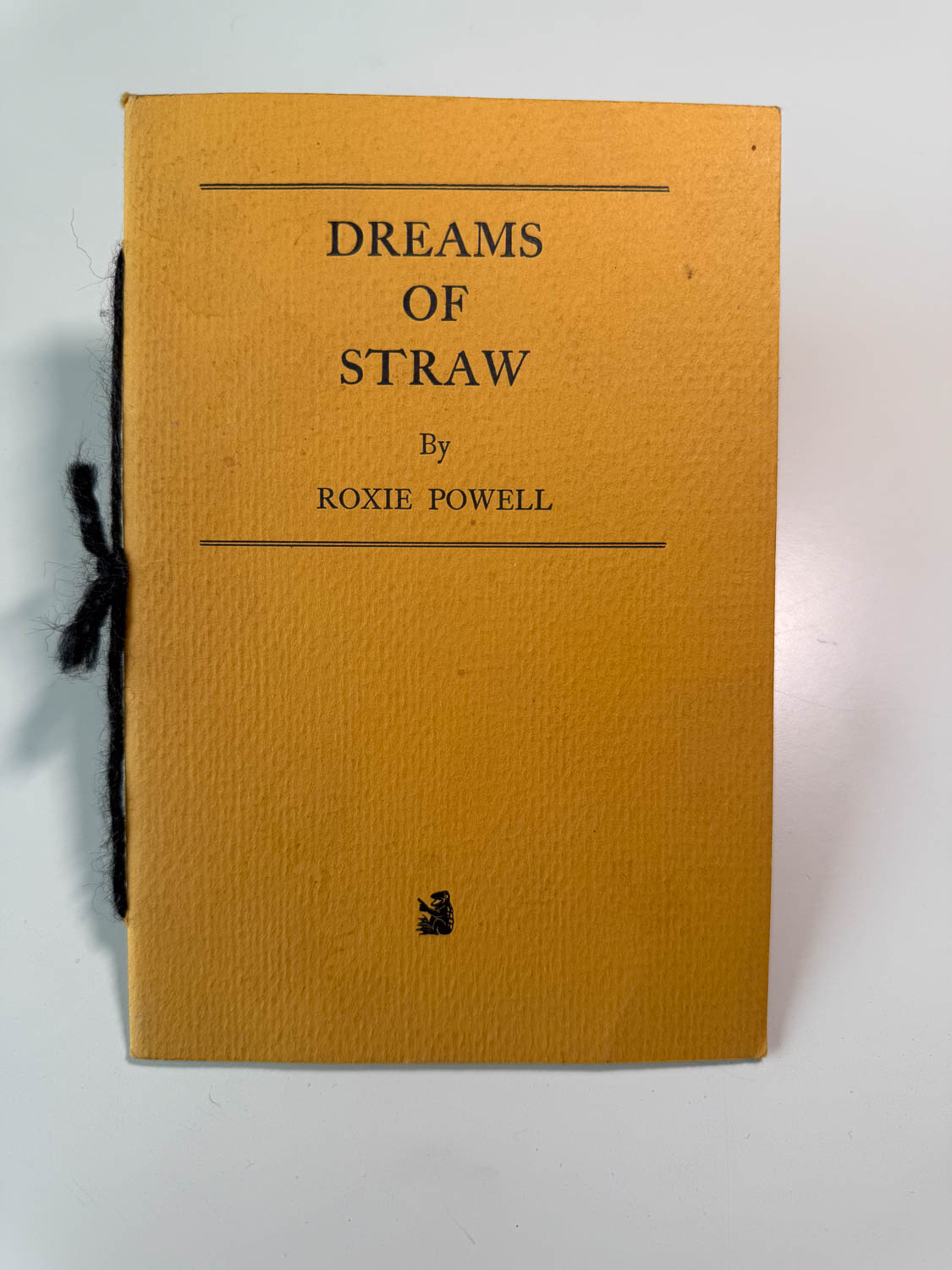
Common knowledge: The Beat Generation produced some of the most influential, rebellious, and avant-garde literature of the 20th century. More common knowledge: we all know about “The Big Three” — Kerouac, Ginsberg, and Burroughs. (Do we add Gregorio and call it “The Big Four”?)
But what about some of the lesser-known writers and their publications? Here’s three rare and overlooked gems you should add to your collection.
1. Dreams of Straw by Roxie Powell
- Published by Dave Haselwood’s Auerhahn Press (and printed by Haselwood and Charles Plymell), Dreams of Straw encapsulates Powell’s distinctive poetic voice, mixing surrealism, nature, and existential musings. A lesser-known figure within the Beat circle (was he really “beat”?), Powell’s work is a hidden treasure.
- Roxie’s poetry reflects the more experimental side of Beat literature that didn’t gain mainstream recognition. Too experimental, probably. And isn’t “experimental” sometimes a code for “difficult to read”? Which is exactly what these poems are not.
- Mark Faigenbaum is a San Francisco-based artist renowned for his innovative mixed-media assemblages and collages. While I was in grad school in SF in the late-90’s, he put a copy of Dreams of Straw in my hands and told me Roxie was the best poet I had never heard of — a line I steal whenever I first tell someone about Dreams of Straw. I loved Dreams of Straw so much I wrote to Roxie, and eventually we spent an afternoon wandering San Francisco. He told me some terrific stories. Oh, those sugar cubes! A few years later Wild Whispers was published. I’m really proud of that book.
2. The Hotel Wentley Poems by John Wieners
- First published in 1958, The Hotel Wentley Poems is a raw, emotional collection that documents Wieners’ life as a poet on the fringe of society. The collection focuses on themes of love, loss, and longing, with a lyrical style that’s as haunting as it is beautiful.
- Certainly not as widely recognized as Howl, this collection is considered by many literary insiders to be one of the most important works of its time, showcasing the vulnerable, emotional side of the Beat experience. In other words, Wieners is a “poet’s poet”.
- Wieners’ poetry had a profound influence on the LGBTQ+ literary movement; and along with Ginsberg, Wieners was one of the first Beat poets to openly explore themes of same-sex desire.
3. Howl of the Censor – Edited by J.W. Ehrlich
- This important but often overlooked book documents the 1957 obscenity trial of Allen Ginsberg’s Howl, featuring courtroom transcripts, essays, and commentary. J.W. Ehrlich, Ginsberg’s defense attorney, compiled this essential work to showcase the fight for free speech in literature.
- It’s not just a legal document—it’s a historical record of a defining moment in literary and cultural history. Collectors of Beat ephemera will find this book invaluable for understanding how censorship shaped the movement.
- Ginsberg himself referred to the Howl trial as one of the most important events in his career, as it turned the poem into a symbol of artistic resistance.
Collecting Beat literature is about more than just owning books—it’s about uncovering and discovering the little books and pieces of history that shaped a cultural revolution. While Naked Lunch or On the Road will always “steal the spotlight”, these three hidden gems reveal the diverse, experimental, and often under-appreciated voices of the movement — as well as the real-world legal challenges the Beats faced in a post-war, Eisenhower / John Birch America.
Check out my listings and don’t miss the chance to discover the books that helped shape the underground literary world.


